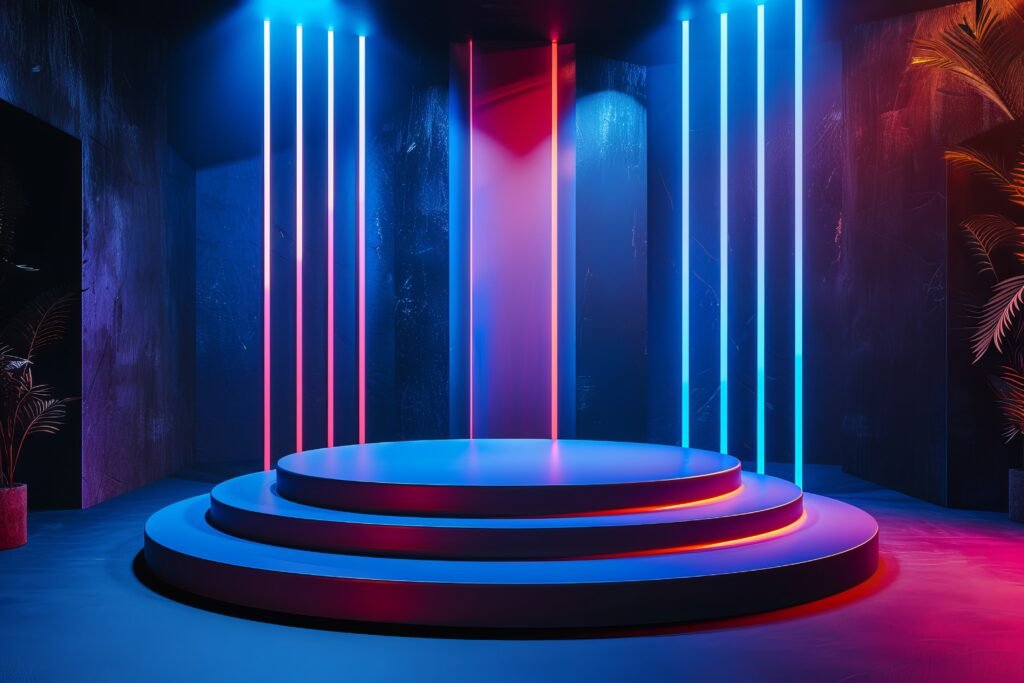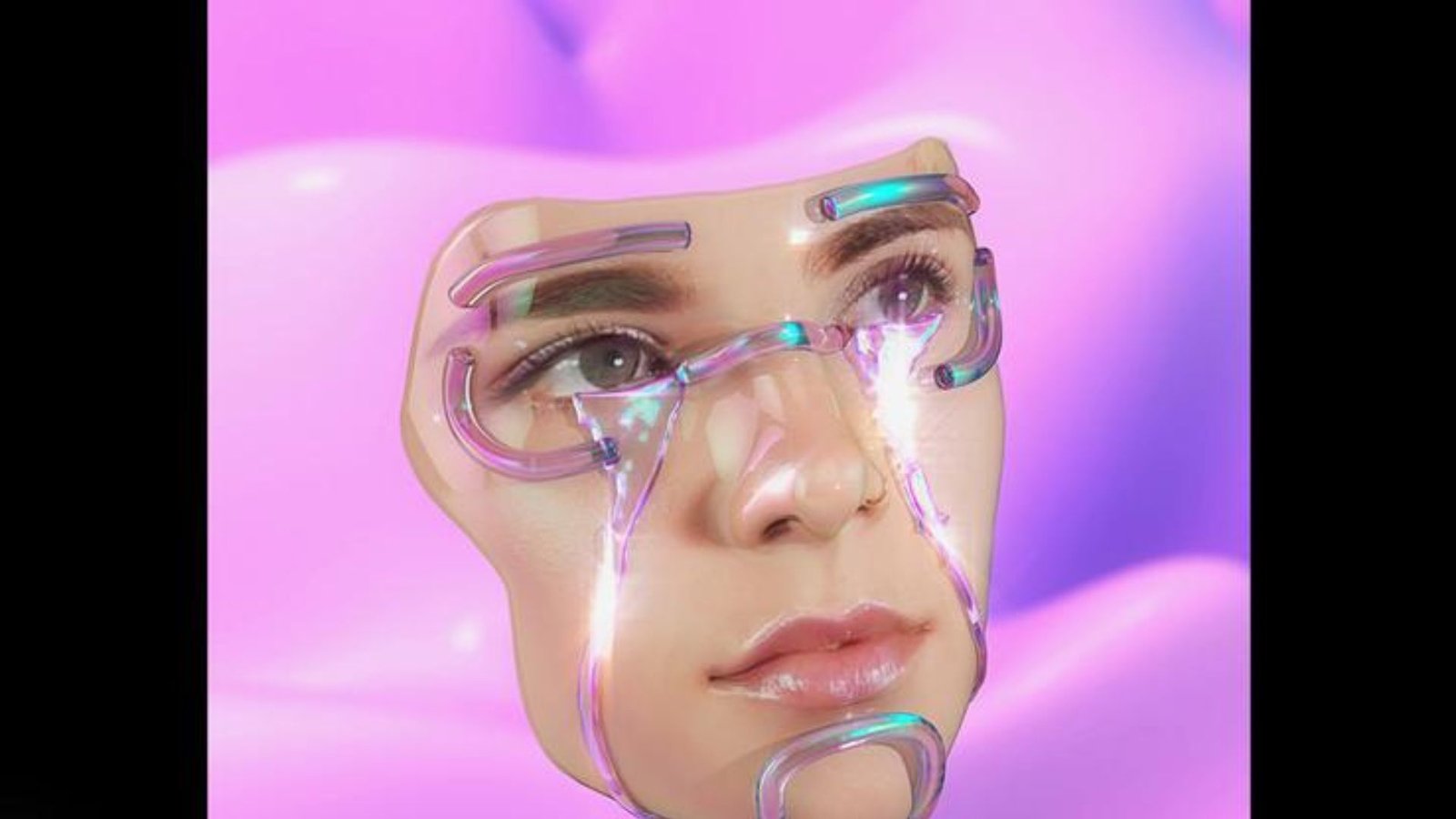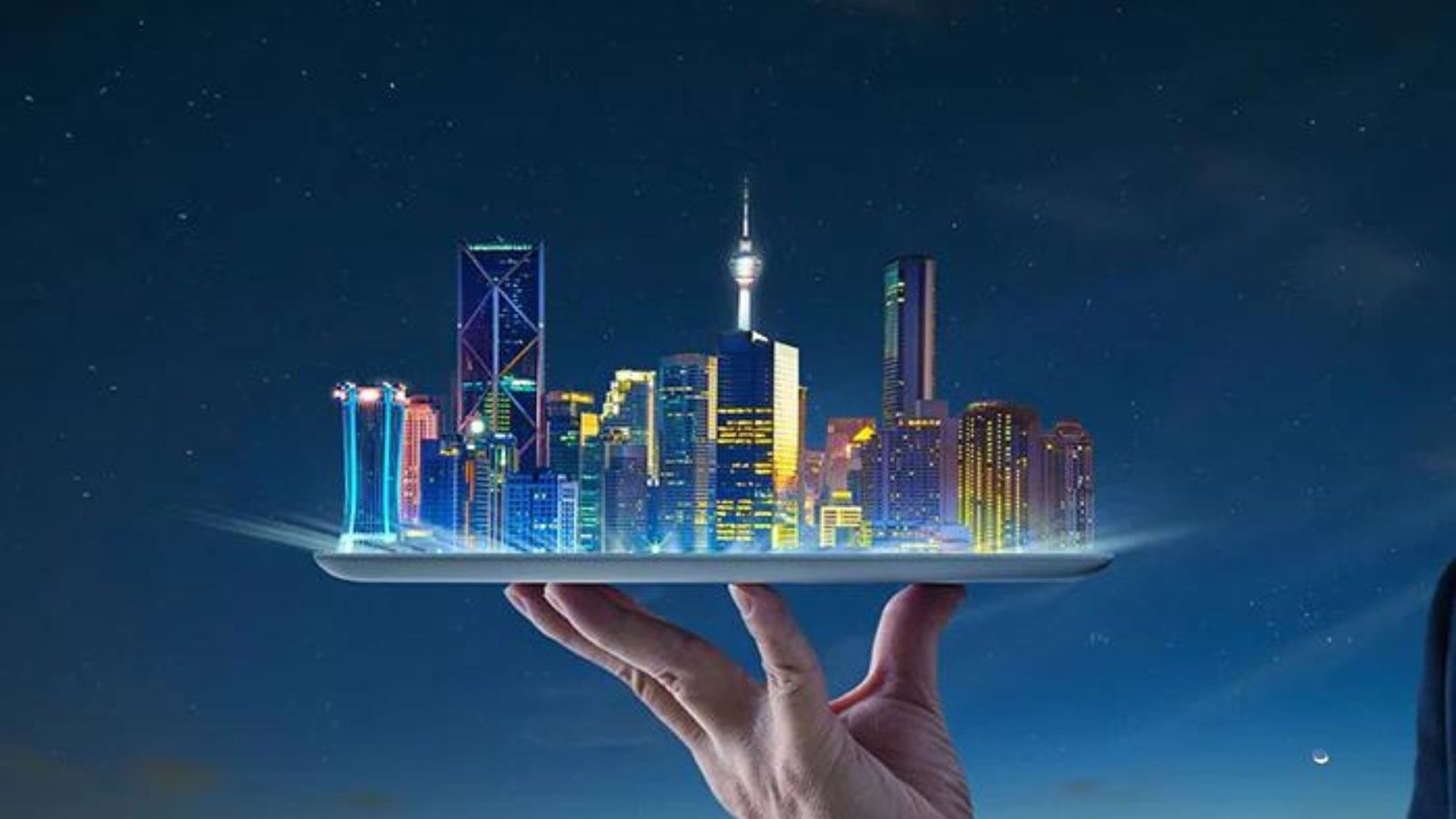In the world of stage design, versatility is key. Multi-Use Stage Design solutions offer the flexibility to adapt to various events and performances, maximizing the utility of your stage space. By incorporating adaptable elements and modular features, you can ensure that your stage meets the diverse needs of different types of productions. Here’s how you can achieve effective Multi-Use Stage Design to enhance functionality and efficiency.

Implement Modular Set Pieces
One of the core principles of Multi-Use Stage Design is the use of modular set pieces. Modular components can be rearranged, expanded, or reduced based on the requirements of each event. For instance, modular platforms and backdrops can be reconfigured to fit different themes or scenes. This approach not only allows for quick transitions between setups but also minimizes the need for extensive rebuilding or additional materials. Modular designs offer flexibility and efficiency, making them ideal for stages that host a variety of performances.
Utilize Adjustable Rigging Systems
Adjustable rigging systems are another crucial element in Multi-Use Stage Design. These systems allow you to modify the height and positioning of various stage elements, such as lights, curtains, and props. By incorporating adjustable rigging, you can easily adapt the stage layout to accommodate different types of events. For example, you might lower rigging to create an intimate setting for a small performance or raise it to accommodate larger productions. This versatility enhances the functionality of your stage and ensures that it can support a wide range of activities.
Incorporate Flexible Lighting Solutions
Lighting is a vital component of any stage design, and its flexibility is particularly important in Multi-Use Stage Design. Utilizing adjustable and programmable lighting systems allows you to create various moods and effects tailored to different events. For instance, LED lights with customizable color options and dimming capabilities can be adapted to suit everything from theatrical performances to corporate presentations. Investing in flexible lighting solutions ensures that your stage can easily transition between different settings, enhancing the overall experience for both performers and audiences.
Design for Easy Set Changes
Another key aspect of Multi-Use Stage Design is facilitating easy set changes. Designing a stage with features that support quick and efficient transitions between different setups can save time and effort during events. For example, incorporating rolling carts, quick-connect connectors, and modular storage solutions can streamline the process of changing sets. This approach not only improves the efficiency of your stage operations but also ensures that each event can be set up with minimal disruption.
Prioritize Durability and Maintenance
Durability and maintenance are crucial considerations in Multi-Use Stage Design. Given that the stage will be used for various purposes, it must withstand frequent changes and heavy use. Choose high-quality, durable materials that can endure the wear and tear associated with multiple events. Additionally, design the stage with maintenance in mind, incorporating features that allow for easy cleaning and repairs. By prioritizing durability and ease of maintenance, you can ensure that your stage remains in excellent condition and continues to perform effectively over time.
Conclusion
Effective Multi-Use Stage Design is all about creating a flexible and adaptable stage environment that can accommodate a variety of events and performances. By implementing modular set pieces, adjustable rigging systems, flexible lighting solutions, and designing for easy set changes, you can enhance the functionality and efficiency of your stage. Additionally, prioritizing durability and maintenance ensures that your stage remains in top condition for every event. Embracing these strategies will help you achieve a versatile and dynamic stage setup that meets the diverse needs of any production, ultimately contributing to a successful and engaging experience for both performers and audiences.




